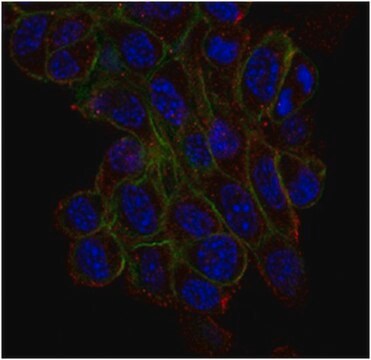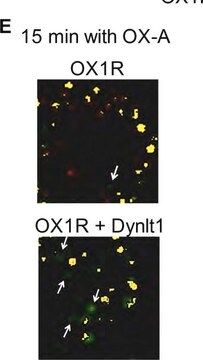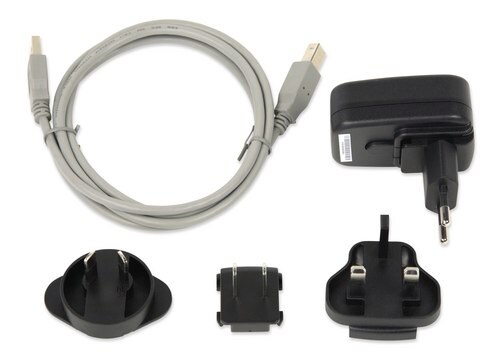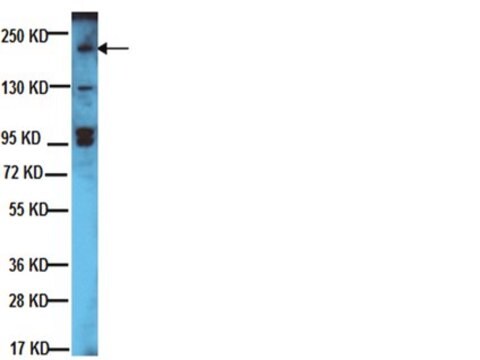MABN839
Anti-TrpV6 Antibody, clone 4A5.1
culture supernatant, clone 4A5.1, from mouse
Synonym(s):
Transient receptor potential cation channel subfamily V member 6, Alu-binding protein with zinc finger domain, Calcium transport protein 1, Calcium transporter-like protein, CaT-L, CaT-like, CaT1, ECaC2, Epithelial apical membrane calcium transporter/cha
About This Item
Recommended Products
biological source
mouse
Quality Level
antibody form
culture supernatant
antibody product type
primary antibodies
clone
4A5.1, monoclonal
species reactivity
mouse, human, rat
technique(s)
immunohistochemistry: suitable
western blot: suitable
isotype
IgG2aκ
NCBI accession no.
UniProt accession no.
shipped in
dry ice
target post-translational modification
unmodified
Gene Information
rat ... Trpv6(114246)
General description
Specificity
Immunogen
Application
Neuroscience
Developmental Neuroscience
Immunohistochemistry Analysis: A 1:50-1:250 dilution from a representative lot detected TrpV6 in human pancreas, human small intestine, rat colon tissue, and mouse brain tissues.
Quality
Western Blotting Analysis: A 1:500 dilution of this antibody detected TrpV6 in 10 µg of Y79 retinoblastoma cell lysate.
Target description
Physical form
Storage and Stability
Handling Recommendations: Upon receipt and prior to removing the cap, centrifuge the vial and gently mix the solution. Aliquot into microcentrifuge tubes and store at -20°C. Avoid repeated freeze/thaw cycles, which may damage IgG and affect product performance.
Other Notes
Disclaimer
Not finding the right product?
Try our Product Selector Tool.
Storage Class Code
10 - Combustible liquids
WGK
WGK 2
Certificates of Analysis (COA)
Search for Certificates of Analysis (COA) by entering the products Lot/Batch Number. Lot and Batch Numbers can be found on a product’s label following the words ‘Lot’ or ‘Batch’.
Already Own This Product?
Find documentation for the products that you have recently purchased in the Document Library.
Our team of scientists has experience in all areas of research including Life Science, Material Science, Chemical Synthesis, Chromatography, Analytical and many others.
Contact Technical Service







